In my last blog post titled “Part I: Maximize the Impact of Explicit Teaching with Blended Learning,” I explored the benefits of shifting from explicit teaching as a whole class experience to a differentiated small group experience. I wanted to highlight how teachers can use blended learning models, like the station rotation, to differentiate their instruction and modeling sessions better to meet the needs of small groups of learners.
Instead of guiding a group of 30+ students through an explicit teaching session, teachers working with small groups can select problems, prompts, texts, and tasks at different levels of rigor and complexity, providing the necessary scaffolds and support while also guiding initial application and practice. The ultimate goal was to explore how teachers can amplify the benefits of explicit teaching, making the learning experience more impactful and personalized for every student.
A Quick Review of Explicit Teaching
Explicit teaching is a high-impact teaching strategy in which the teacher shows students precisely what to do and how to do it. Often teachers will use an “I do, we do, you do” structure to guide students through this type of instructional session. Explicit teaching helps students grasp the material better and equips them with the skills to apply that knowledge.
The process involves the following steps:
- I do (Teacher Instruction/Modeling): The teacher directly teaches the concept, providing clear examples and demonstrations. The focus is showing students exactly what to do and how to do it. In explicit teaching, this phase is crucial for setting a strong foundation of understanding. The teacher models the desired learning behavior or task, making sure to explain and demonstrate the key concepts clearly.
- We do (Engaging the Group): The teacher and students work together to practice the new concept or skill. This collaborative practice allows students to try out what they’ve just learned in a supportive environment. This is an essential part of explicit teaching because it provides an opportunity for guided practice. The teacher can give immediate feedback and provide clarification, ensuring students are correctly understanding and applying the concepts.
- Pairs do (Practice with Peer Support): Students attempt to practice and apply with a partner while the teacher listens and observes to see which students are successful with peer support and which students need more time with the teacher to review the concepts or walk through another model.
- You do (Independent Practice): Students practice the concept independently. This allows students to solidify their understanding and demonstrate their ability to apply the concept or skill. In explicit teaching, independent practice is important as it helps reinforce the learning and assesses students’ grasp of the material without direct teacher guidance.
Since many teachers use their subject-area standards or an adopted curriculum to guide their explicit teaching sessions, I wanted to demonstrate how they can use AI as a design partner to transform a single whole group explicit teaching session to create differentiated versions for a small group experience.
Using AI to Design Differentiated Small-Group Explicit Instruction
Step 1: Pre-assessment or Diagnostic
First, I recommend that teachers use diagnostic or pre-assessment data to understand where each student is beginning in relation to a specific concept or skill. It is next to impossible to design differentiated explicit teaching sessions without this information.
Let’s imagine a science teacher focused on the middle school Next Generation Science Standard (NGSS) “MS-PS1-1. Develop models to describe the atomic composition of simple molecules and extended structures” is planning to provide explicit instruction on the structure and properties of matter, which is a core disciplinary idea or concept.
If the teacher wants to find out what the students already know about the structure and properties of matter, they could use MagicSchool.ai to generate a 5-25 question multiple-choice pre-assessment. This is not a quiz score that will go in a grade book but rather a pre-assessment tool designed to help the teacher understand and assess the students’ prior knowledge on this topic.
In MagicSchool.ai, the teacher simply selects the multiple-choice assessment tool, designates a specific grade level, copies and pastes the disciplinary core idea they want to assess the students’ understanding of, and selects the number of questions they want MagicSchool.ai to generate.
MagicSchool.ai generated the following multiple-choice quiz to help the teacher assess their students’ current understanding of key concepts.
Tips: 1) Select a higher number of questions, then choose the ones most aligned with the concepts that will be covered in the explicit instruction session. 2) Use a Google Form to administer this pre-assessment and enter the correct answers so it automatically grades itself and surfaces the students’ data.
Once teachers understand where individual learners are beginning in terms of their skills and abilities, they can strategically group students and design instructional sessions to meet those specific needs and provide the necessary support.
Step 2: Design Your Small Group Explicit Teaching Session
If teachers do not have a set curriculum and are designing explicit teaching sessions to help students understand this core disciplinary idea, the teacher can turn to ChatGPT to provide insight into teaching this concept. The first question a teacher might ask is about how to approach teaching this core concept if they have approximately 20 minutes with each group.

Once the teacher has a focused and manageable scope for their first explicit teaching session, they can ask ChatGPT to provide guidance on how to structure an explicit teaching session focused on the Introduction to Atoms and Molecules.

Teachers can ask ChatGPT to go into further detail and depth by asking the following questions:
- Can you generate a brief and engaging story appropriate for a 7th-grade audience that introduces atoms and molecules in a fun way to pique their interest?
- Can you provide bullet points I can use to introduce the key information my students will need to understand the basic structure of an atom?
- Can you create a simple explanation about the different types of bonds?
- Can you help me generate a guided note template my students can use to capture their notes for this instructional session?
The primary goal of integrating AI into this process is threefold:
1. Simplifying the Process: AI can help teachers break down the instructional planning process into manageable steps. By analyzing the core components of a lesson, AI can suggest a structured approach that aligns with educational objectives and teaching standards. This simplification is especially beneficial for complex topics or when differentiating instruction for diverse learner needs.
2. Enhancing Engagement and Interest: AI can contribute ideas for making lessons more engaging, interesting, and relevant to the students’ lives. This might include suggesting stories, analogies, interactive activities, multimedia resources, or creative assignments. The goal is to make these explicit teaching sessions dynamic and interactive experiences that capture students’ attention and lead to deeper understanding.
3. Supporting Teachers and Learners: AI can generate support for both the teacher in presenting information and the students in assimilating it. For teachers, AI can create custom lesson plans, visual aids, or assessment tools. For students, AI can provide resources, such as tailored reading materials, guided note templates, word banks, and practice exercises, which align with their individual learning needs.
Step 3: Differentiate Your Explicit Teaching Session
The next question the teacher might ask ChatGPT is, “How would you modify and differentiate this explicit teaching session for students who have less prior knowledge (lacking background on this topic) or need additional support in terms of their skill level or language proficiency (lacking vocabulary) to ensure they can be successful in understanding these concepts?”
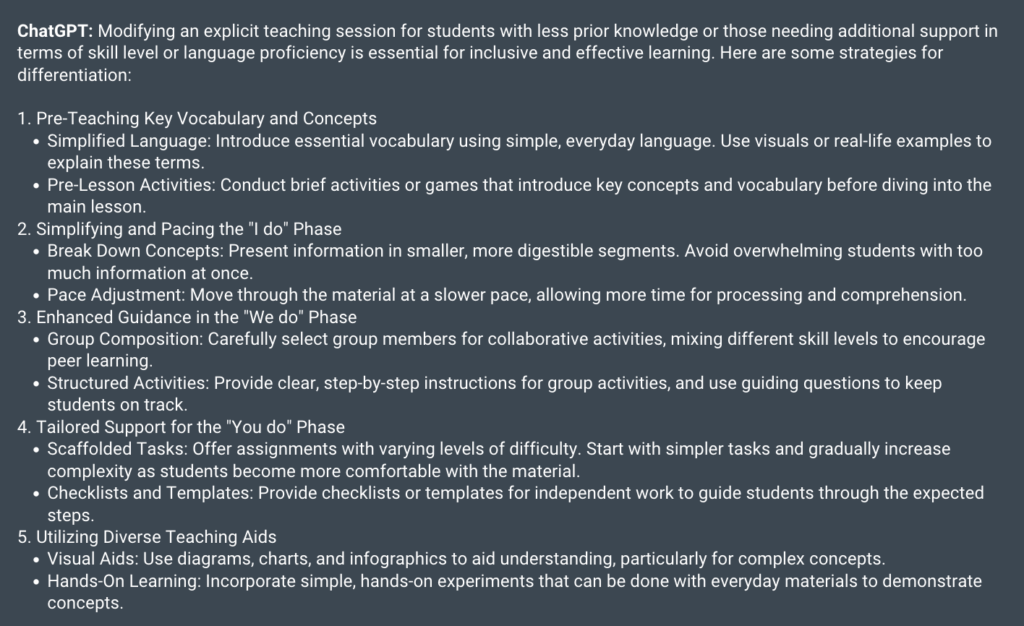
In the context of small group differentiated explicit teaching sessions, teachers have limited time for direct interaction with each group. This necessitates a strategic approach to planning and executing the teaching sessions. For example, teachers can preteach vocabulary or design a building background activity in the class prior to the small group explicit teaching sessions. This pre-teaching approach ensures that all students, regardless of their initial level of understanding, have the foundational knowledge necessary to engage with the material more effectively during the explicit teaching session.
Similarly, follow-up activities after the small group sessions can reinforce and extend learning. These could include independent practice tasks, reflective and metacognitive skill-building assignments, or extension activities that allow students to apply what they have learned in new contexts with the support of their peers.
By strategically placing these scaffolding activities around the small group sessions, teachers can ensure that every student is prepared to engage with the content during the limited time they have for direct instruction. This approach not only maximizes the impact of the time spent in small groups but also supports a more inclusive and effective learning environment for all students.
Teachers can pick and choose the strategies they think will be most useful in supporting their specific learners. Depending on the strategies they use, they can ask ChatGPT questions, like:
- What key words should I pre-teach to ensure students understand the concepts presented in this explicit teaching session?
- What types of review activities can help students learn this key vocabulary?
- How can I present these concepts in smaller chunks?
- What informal strategies can I use to assess understanding during the “we do”?
- What scaffolding activities will support students after the small group instructional session?
- How can I have students apply this new learning?
Wrap Up
AI can significantly enhance the instructional design process, making it more efficient, effective, and aligned with the diverse needs of today’s classrooms. Ultimately, the integration of AI in education aims not just to streamline the teaching process but to enrich the learning experience for students, ensuring they can understand, retain, and apply their learning.
For more on how small groups can create more equitable learning experiences, check out this blog!
The Station Rotation Model and UDL: Elevate Tier I Instruction and Cultivate Learner Agency is available now! I’d love for you to check it out, share it with a colleague, and let me know what resonates most with you. If you have any questions about the book, please post a comment!
School leaders interested in using the book for a staff-wide study can place a discounted bulk order for 10 or more copies. If you and your teachers need additional support, I offer customized professional learning that is hands-on, practice-based, and tailored to your team’s needs. Together, we can support your teachers in developing their UDL practice, differentiating instruction more effectively, and elevating Tier 1 instruction. We can even utilize the Station Rotation Model to create space for Tier 2 support and Tier 3 intervention within general education classrooms. And, we can explore how this model can help us position students as active agents leading their learning!

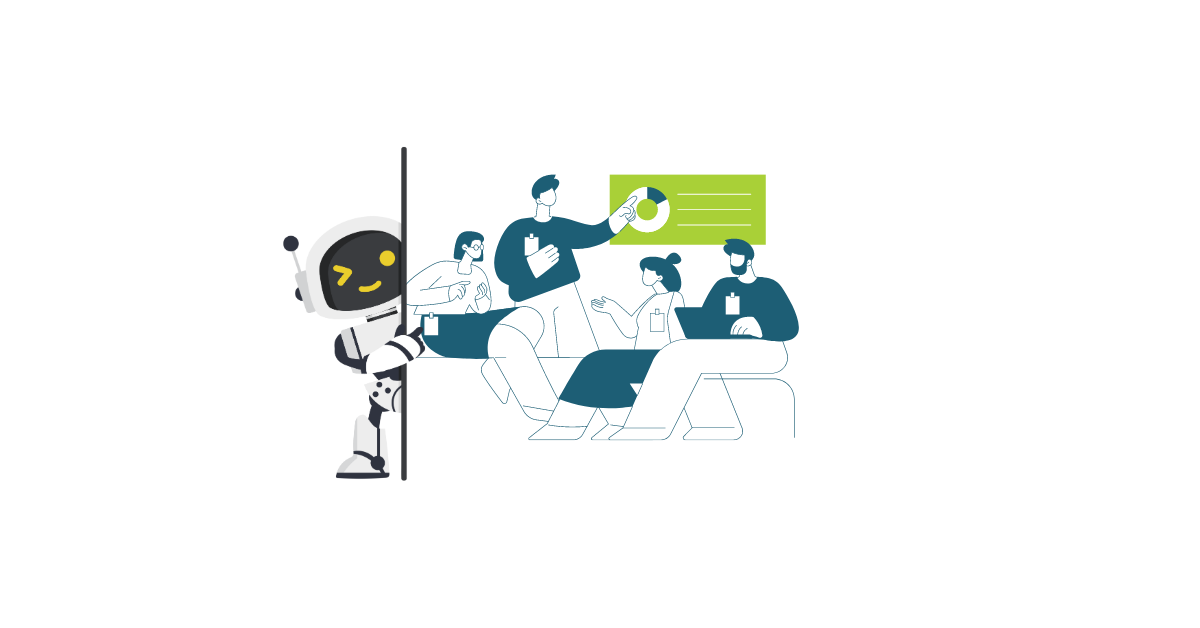
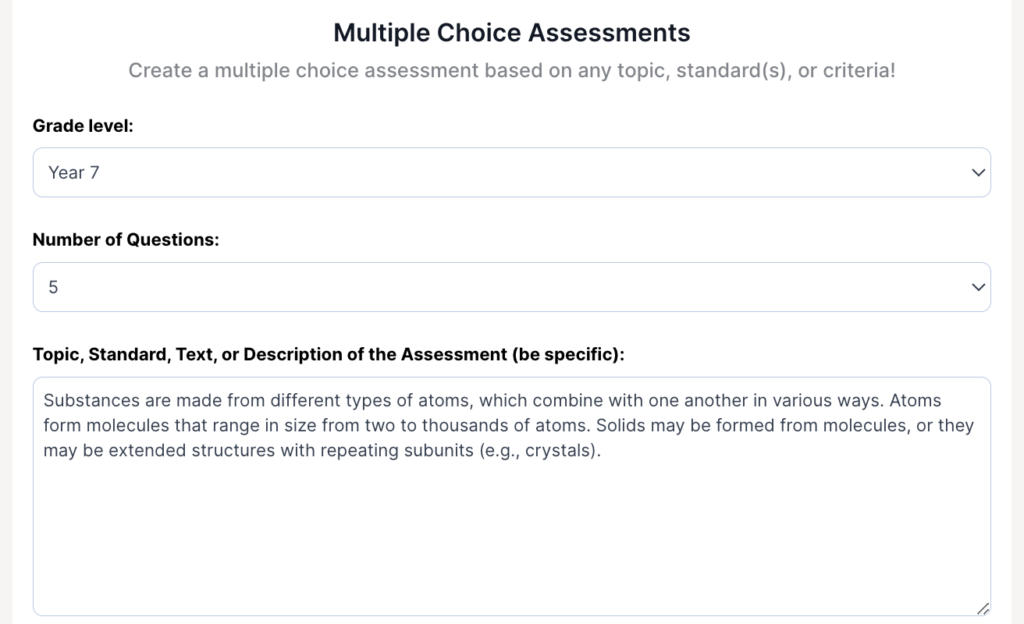
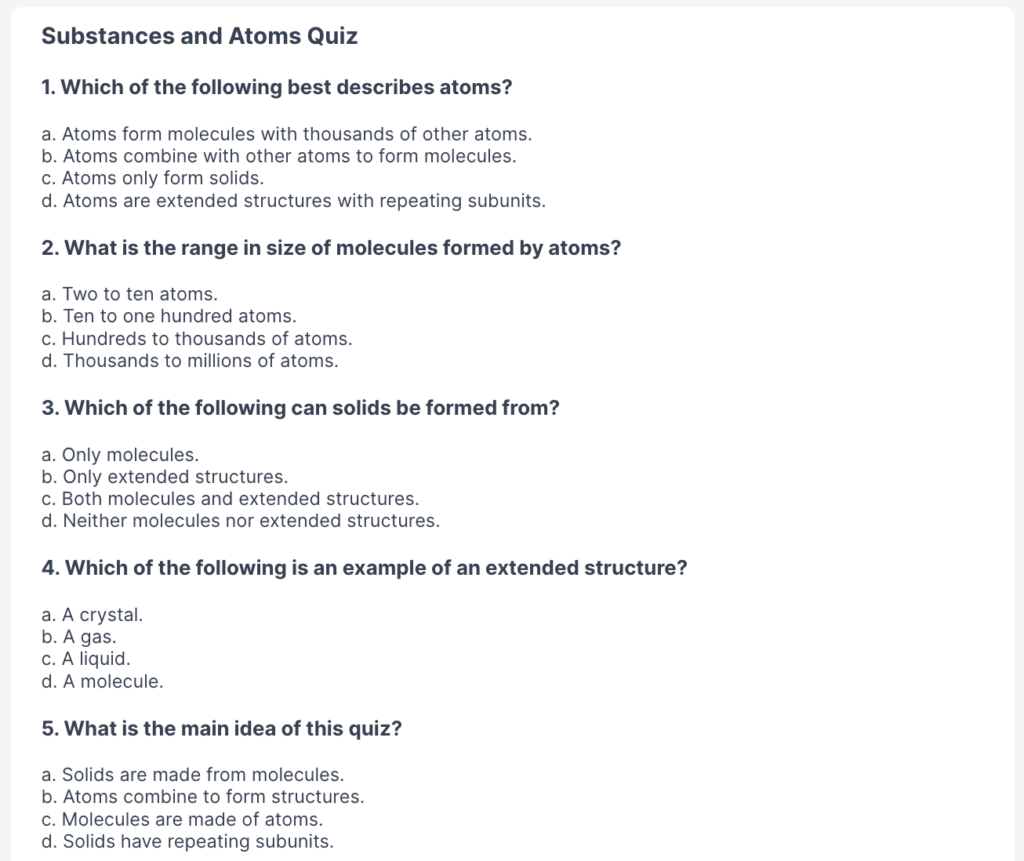
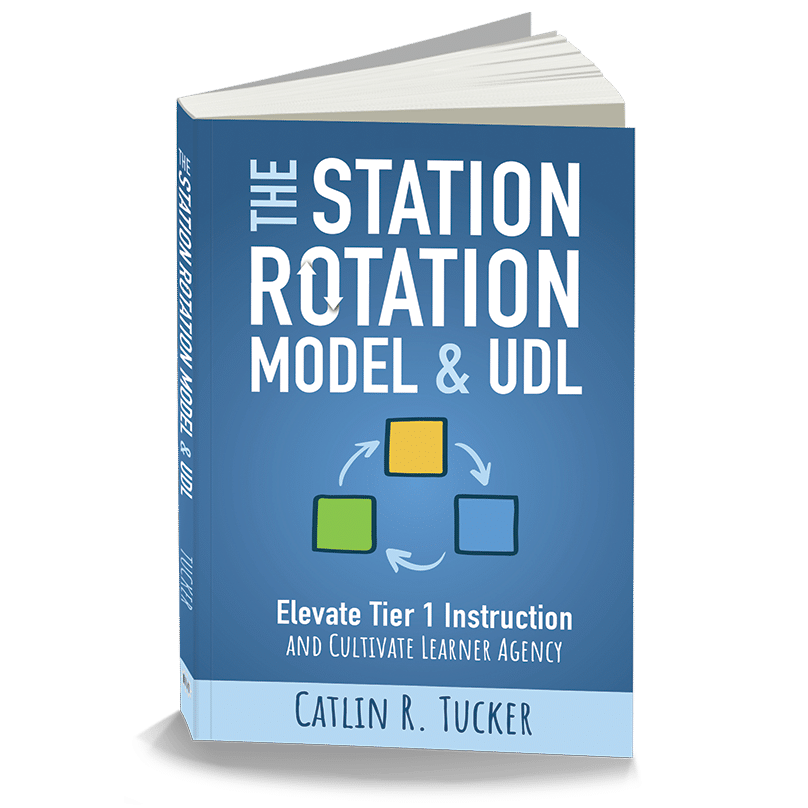
No responses yet